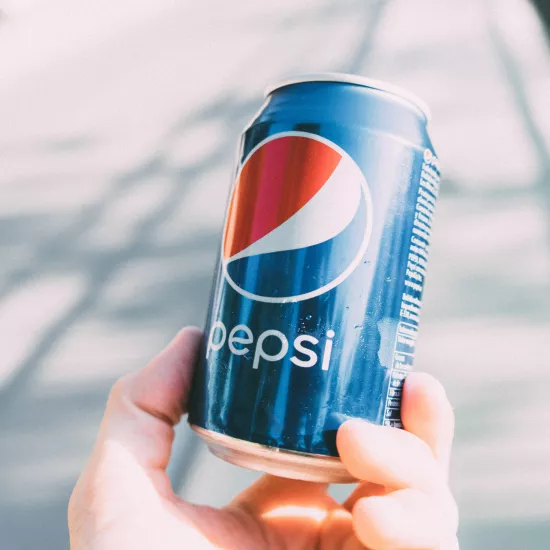Bigos and Bibimbap: A Cross-cultural Journey

Gazing upon a dish called bibimbap that exuded an aroma of vegetables and sweetened pork, I felt content for the first time since I moved out from home. In the Korean eatery Seoul House, I thought to myself, “why have I not ever considered Korean food before?” As a girl of Polish descent, the food I have eaten at home mostly consisted of Polish traditional food. Lightly salted and soft boiled potatoes, grilled sausage with juices dripping from the first bite, pork cutlets, carrot salads, and perogies with fillings of every kind were some of the dishes I grew up with. My favourite dish was bigos, which is called “Hunter’s Stew” in Canada.
I remember one Sunday afternoon, after church mass, my mother prepared Bigos in a tall steel pot just for me. “This is a lot of work so you must help me cook it!” she said teasingly, with lifted eyebrows and a smile. Adding each ingredient individually, first the sauerkraut was boiled with cabbage. Subsequently dropped into the pot were carrots, mushrooms, chopped kielbasa, onions, garlic, and salt and pepper, all to simmer and cook for an hour. The scent of the finely chopped medley would seep through all the rooms, and always make me anticipate the first bite. But the part that made me happiest was the 5 white dinner plates with cutlery and drinks set on the kitchen table, with my family, sharing amongst the loud conversations and laughs.

But a new era was approaching where I would miss out on hearty Polish dishes, and my mother’s presence. I was to spend my first year of University on campus, a place not so far, but simultaneously, a world away.
A friend in an introductory to psychology course, Mila, was someone I confided in. An international student, she moved to Canada to complete her last years of high school and begin University. She experienced all the heartache of being away from family, and the struggles of being all on her own. Not only did she tell me about both student and life hacks, she was an impressive foodie who knew all the greatest restaurants in Mississauga. One day she asked, “ever tried Korean food?” This question caused me to begin my adventure.
We walked through a hidden street parallel to Burnhamthorpe road, not too far from our University. Descending into Seoul House, there was a comforting aroma of sweet grilled pork and unfamiliar spices. It was dim and quiet, layered with red lanterns, black wooden geometric walls and gliding waiters. We were guided to an isolated room behind red drapes, with landscapes of painted villages, with carriages, markets and characters speaking with one another. Settled down, a long leather-banded thick menu was presented to us. The menu included a lot of dishes with meat, rice, and vegetables prepared in a variety of ways. Mila suggested “the bibimpap is what you should try if this is your first time eating Korean.” Before I could even see the large black pot enter the room, I could smell the scent of sweet marinated pork.
This dish, with its bed of rice, rainbow of gleaming vegetables, and succulent pork caused me to focus on each ingredient and isolate its scent. The tradition was to mix it all together, but I did not want to ruin the artwork of the chef who so carefully placed everything in harmony with the other ingredients. Fumbling with the chopsticks, I lifted a piece of marinated pork to my mouth and tumbled it with my tongue to savour the soft, spicy and sweet taste. I never knew I would like spicy food this much, compared to Polish dishes that were lightly spiced with salt and pepper.
“It’s good right?” said Mila, grinning as I looked up. Accomplishing the task of capturing all the ingredients between the pair of wooden utensils, I tasted crunchy carrots and beansprouts, with tender mushrooms and spinach, with light clusters of fresh rice and sweet spicy pork. Thoughts raced to my mind that for the first time did not include missing my parents, Polish food, or the possibility of failing school. Instead I thought, where has bibimbap been all my life!? Could I make this stuff in the tiny kitchen of my dorm?!
From then on, Mila and I explored ethnic restaurants as school challenged us. We went to regain comfort in each other’s company, to indulge in new aromas, and to bring back good experiences to share with our families. But never would I step foot in a Polish restaurant, because I was loyal to only one place: home.
Malgosia Wenderski studies psychology and sociology at the University at Toronto. She is the founder and host of the Collegiate Talkshow, and passionate about social psychology, inequality, and mental health.
Editor’s Note: For Korean restaurant recommendations, see Won Ki Lee’s Diaspora Food Memories blog post Bittersweet Makoli: Rice Wine and the Memory of Family.
If you want to try Polish food in Toronto, we recommend Cafe Polonez.



